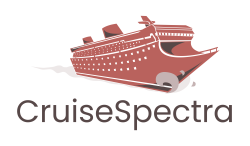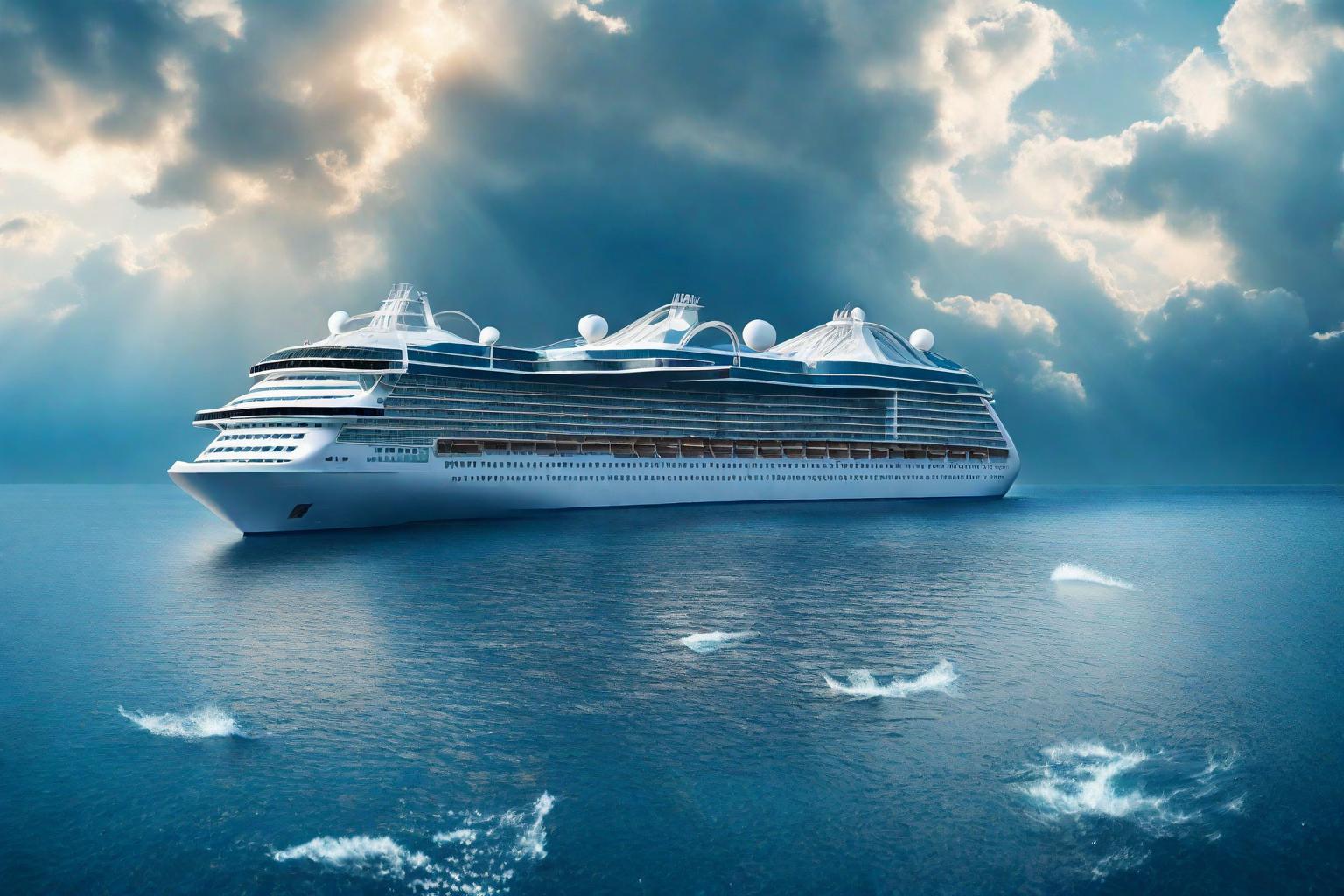Have you ever wondered, “How fast do cruise ships go?” or “How far can a cruise ship travel in a day?” Setting sail on a cruise is an exhilarating experience, with the vast ocean expanse unfolding before you. Join us as we embark on a deep dive into the captivating realm of cruise ship speeds, uncovering the technological marvels that propel these ocean giants and exploring examples from renowned cruise lines.
1. Cruise Ship Speed Basics:
When picturing a cruise ship, images of leisurely voyages across calm waters often come to mind. But have you ever wondered how fast these massive vessels actually travel? Let’s dive into the basics of cruise ship speed:
Measuring Speed:
Cruise ship speed is typically measured in knots, which are nautical miles per hour (1 knot = 1.852 km/h). Unlike land vehicles with speedometers, cruise ships rely on a log to measure speed. This log throws a line with a weighted impeller attached, and the speed is determined by the number of rotations per unit time.
Average Speed:
The average cruise ship travels at a speed of around 20 knots (23 mph) when cruising. However, this can vary depending on several factors:
- Ship Size and Design: Larger ships often have more powerful engines, allowing for higher speeds. Newer ships also tend to be more aerodynamic and efficient, contributing to faster cruising speeds.
- Weather Conditions: Rough seas and strong winds can significantly slow down a ship. Cruise lines typically adjust speed to ensure passenger comfort and safety.
- Itinerary: If a cruise has multiple ports of call close together, the ship may need to travel faster to maintain the schedule. Conversely, cruises with longer stretches at sea might cruise at slower speeds for fuel efficiency and a more relaxed atmosphere.
- Fuel Efficiency: Cruise lines are increasingly focused on reducing fuel consumption and emissions. Newer ships often have features like optimized hull designs and advanced propulsion systems that allow for efficient cruising at lower speeds.
Maximum Speed:
Most modern cruise ships have a maximum speed of around 30 knots (34.5 mph). However, they rarely reach this speed due to the factors mentioned above. Exceeding cruising speed can also be uncomfortable for passengers due to increased vibration and noise.
2. Notable Cruise Line Examples:
Let’s take a closer look at the speed prowess of some notable cruise lines:
- Royal Caribbean’s Oasis Class: Despite their massive size, ships like the Oasis of the Seas can achieve speeds of up to 22 knots.
- High-Speed Ferries: Smaller vessels, resembling cruise ships, but categorized as high-speed ferries, can surpass 30 knots.
- The fastest cruise ship in the world, the Royal Caribbean International’s Anthem of the Seas, can reach a top speed of 42 knots (48.6 mph). However, this is only used in emergency situations.

3. Propulsion Systems at Play: Cruise ships utilize diverse propulsion systems for efficient navigation. These include:
- Diesel-Electric Propulsion: A prevalent choice in modern ships, offering flexibility and fuel efficiency.
- Azipod Propulsion: These innovative podded units contribute to both maneuverability and speed.
- Gas Turbines: Some cruise liners incorporate gas turbines to bolster power output during instances demanding higher speeds.
4. Safety Prioritization: Safety takes precedence over speed in the cruise industry. Considerations such as weather conditions and the imperative for smooth navigation dictate captains’ decisions regarding cruising speeds.
5. Navigation Precision: Cruise ships deploy advanced navigation technologies, including GPS, radar, and sonar systems, ensuring precise maneuvering even at elevated speeds.
6. Daily Distance Covered:
The daily distance covered by a cruise ship can vary significantly depending on several factors, including:
Cruising speed: As mentioned previously, the average cruise ship travels at around 20 knots (23 mph) when cruising. However, this can range from 15-30 knots depending on the factors discussed earlier like ship size, weather, and itinerary
Itinerary: The planned route and number of ports of call significantly impact daily distance. Cruises with multiple close-by ports might cover shorter distances daily, while those with longer stretches at sea or farther-flung destinations might travel farther.
Duration: Shorter cruises naturally cover less distance per day compared to longer voyages.
Specific examples:
- A 7-day Caribbean cruise with multiple ports might cover around 200-300 nautical miles per day.
- A transatlantic crossing could involve daily distances of 500-600 nautical miles.
- A repositioning cruise between continents might cover even greater distances, reaching 800-1000 nautical miles per day.
Finding specific information:
Cruise lines typically publish itineraries showcasing the ports of call and estimated sailing times. Based on the sailing times and average cruising speed, you can estimate the daily distance. Additionally, some cruise booking websites and online resources provide tools to calculate daily distances based on the chosen itinerary.
Remember, daily distance is just one aspect of your cruise experience. Consider factors like destinations, onboard activities, and overall atmosphere when making your decision.
Conclusion
Cruise ship speeds represent a delicate balance of maritime engineering, combining technological sophistication with a commitment to passenger safety and comfort. As you embark on your next cruise adventure, take a moment to appreciate the engineering marvels that propel you across the seas at a controlled and comfortable pace. Bon voyage!
Here are official links from reputable sources and cruise lines for more information:
You may also like: Best River Cruise in USA

